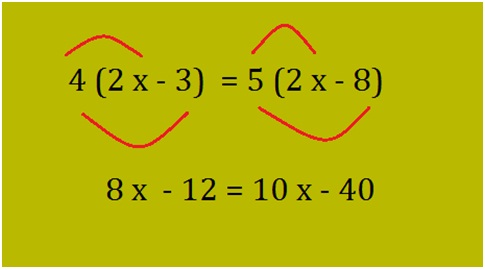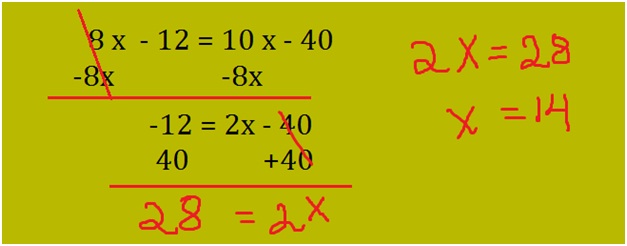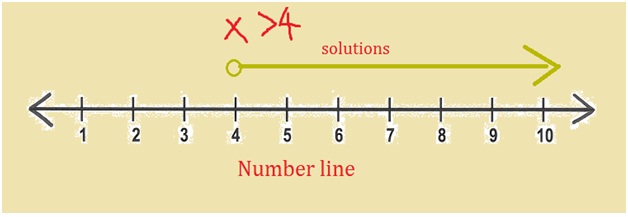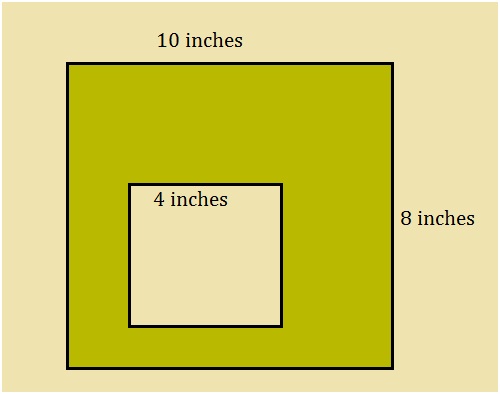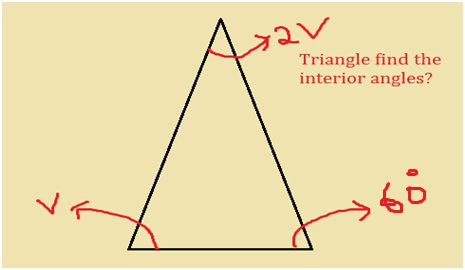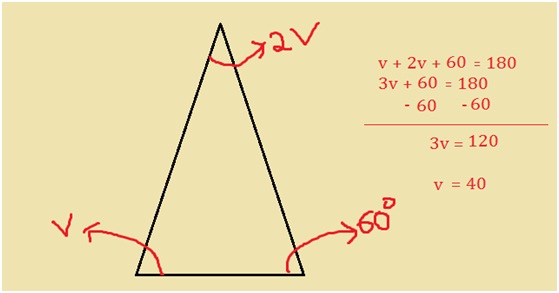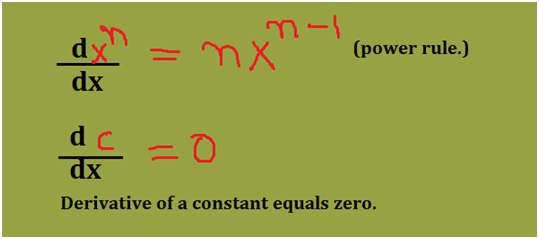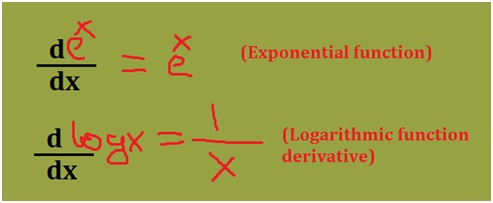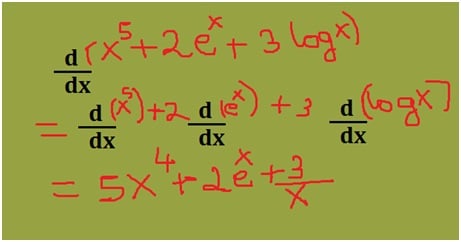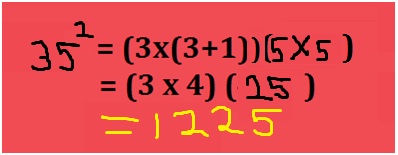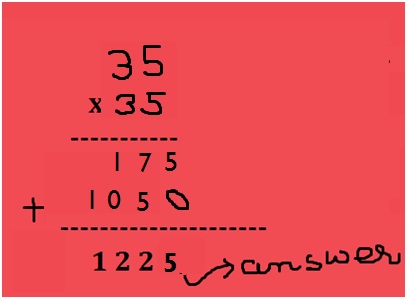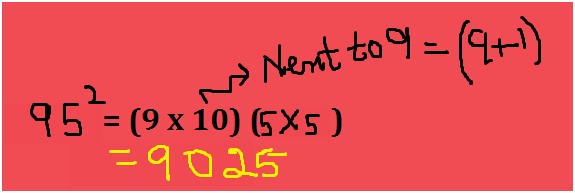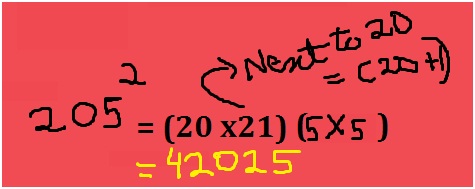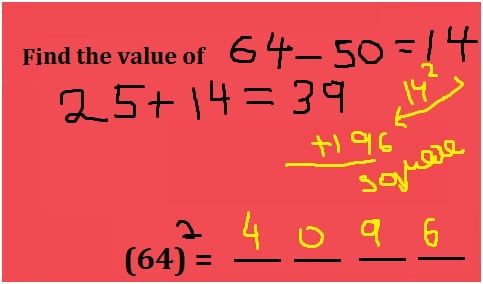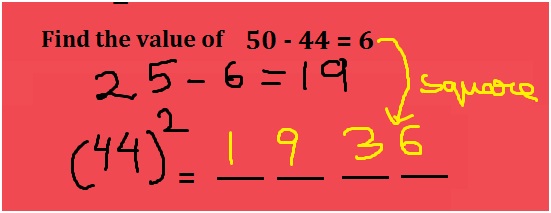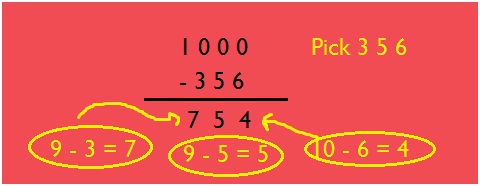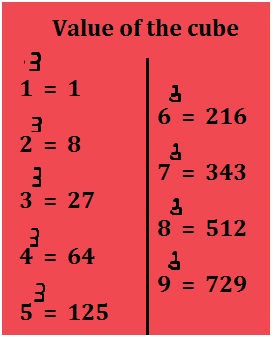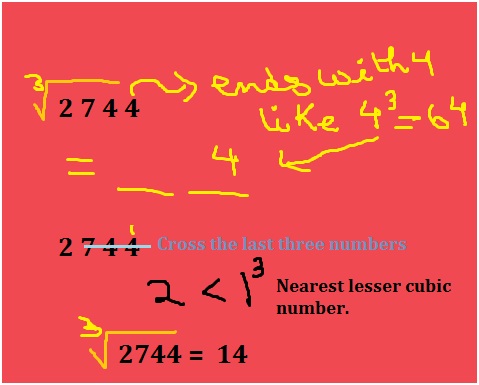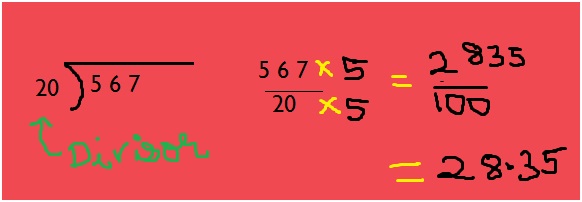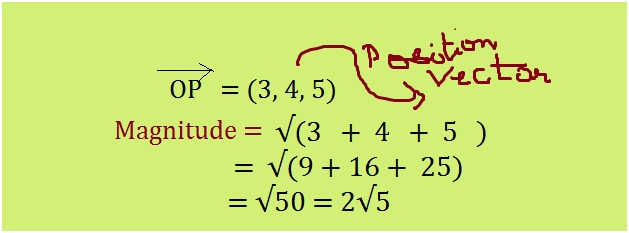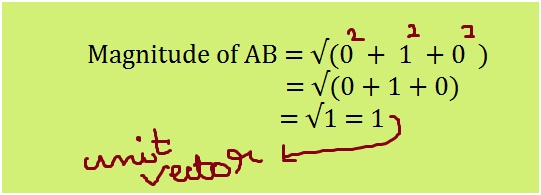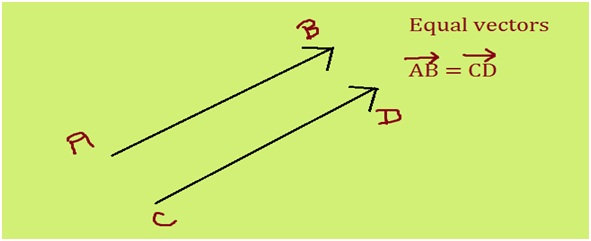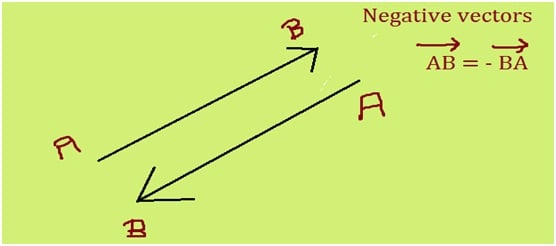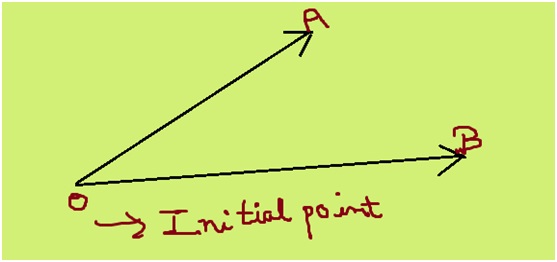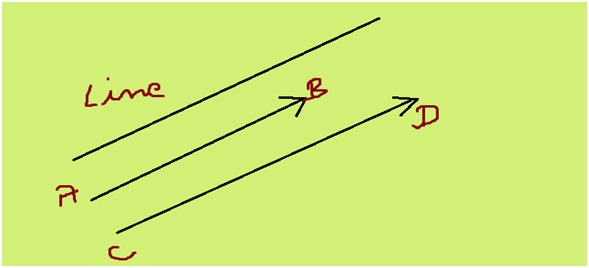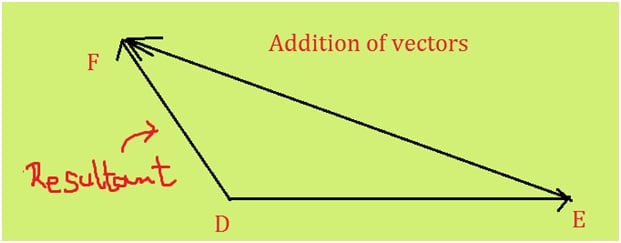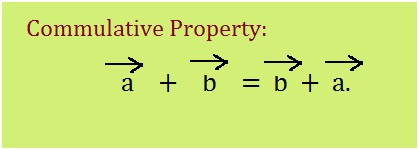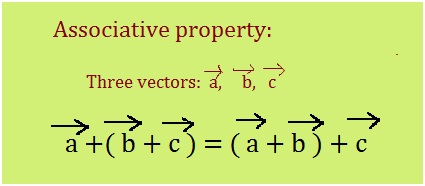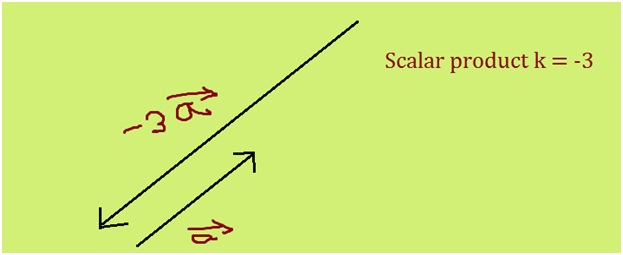How do you know your child needs math assignment help? Some of the more obvious signs are falling math grades on your child’s report card or on individual math assignments. A change in attitude toward math can also indicate difficulties. If your child loved math last year, but suddenly dislikes it, he or she could be experiencing difficulty mastering new math concepts.

Math difficulties can arise at any stage of the learning process.
Working with a math tutor, including an online math tutor, should be explored as soon as you realize your child is having difficulties. Throughout school, math lessons build on what was taught before, and failing to master a single concept can result in multiple math difficulties later on. Once you make the decision to work with an online math tutor, how can you be confident you have found the right one for your child? Here are 7 tips for finding the online math tutor that will benefit your child most.
1. Look for a Tutor Who Specializes in Math
Even if your child is in elementary school, it’s worthwhile to look for an online math tutor who specializes in math. While there are general tutors who can offer math assignment help, a tutor specializing in math is more likely to have the depth of knowledge necessary to understand the specific concepts that hold children back and how to address them.
Read To Know Top 13 #iPad #Educational #Apps For Kids http://t.co/c6NhHOQilv pic.twitter.com/OW3DcOg9Kq
— Tutor Pace (@TutorPace) October 7, 2015
2. Find a Tutor Whose Schedule Works With Your Child’s
The great thing about the internet is it never closes, and you can interact with someone on the other side of the world if you want. That said, it’s important to find a tutor who will be available during the hours your child works on math. If you’re considering an online math tutor from several time zones away, ensure his or her schedule meshes with your child’s before committing.
3. Choose a Tutor Willing to Work Interactively on Concepts
Math assignment help should be interactive. A good online tutor doesn’t simply lecture or present concepts, but interacts with students: “What do you think the first step should be?” Your child’s tutor should be able to develop a working rapport with your child, striving to understand his or her questions and difficulties so as to address them most effectively.
How To Prepare For Your #Math Final #Exam Without Losing Your Sleep http://t.co/DjJbnRge9D pic.twitter.com/lJk9MkY9LA
— Tutor Pace (@TutorPace) September 16, 2015
4. Look for a Tutor Willing to Explore How Not to Solve Problems
Sometimes a child needs to be shown how or why what might seem to be a solution doesn’t actually work. A great online math tutor understands how something might intuitively look right, yet not be. There may be occasions when a tutor needs to go through the wrong procedure with your child to show where and why problems occur.
5. Select an Online Tutor Who Uses Plenty of Visual Aids

Online math tutors should have easy access to helpful visual aids.
Diagrams, pictures, animations, and other visual aids can be tremendously helpful. For example, a child having difficulty with fractions may have an easier time if concepts are demonstrated through something he is familiar with, like LEGO. Try to choose a tutor who knows where to look online to find GIFs and other visual aids that help explain mathematical concepts.
9 Best #Math #Apps For KIDS Of All Ages http://t.co/mo47WIauFc pic.twitter.com/SRA5MAVJ6O
— Tutor Pace (@TutorPace) August 13, 2015
6. Pick a Tutor Who Knows How to Assign Subject Matter in Context
Some children, for example, have no trouble applying concepts like basic arithmetic operations, but have trouble knowing which one to apply in word problems. Other children may not be motivated to perform an arithmetic operation without some sort of context (like a story problem) in which it makes sense. Your online math tutor should take time to learn how your child learns.
7. Try to Find a Tutor Who Is Open to Feedback
You don’t want an online math tutor who is resistant to feedback. After all, the goal is to help your child master important concepts. Knowing what works well and what doesn’t is important for an online math tutor in order to provide the best possible service. Discuss feedback before hiring an online math tutor to ensure the one you choose is open to suggestions and discussion.
In Conclusion
Hiring an online math tutor is an option many parents didn’t have when they were learning mathematics, and it can make a world of difference in your child’s ability to master mathematical concepts and keep up with what is expected of him or her. Know what to look for in an online math tutor, and you can be confident that when your child needs math assignment help, he or she will have access to someone who understands math, understands your child, and is willing to work with your child’s learning style. Are you interested in hiring an online math tutor for your child? Tutor Pace can help, and we encourage you to get in touch with us at your convenience.


